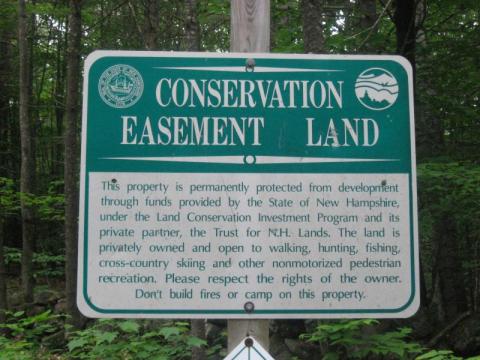
A conservation plan is a vision for the future ecological health of an area and provides an action plan to protect these features over the long term.
The Natural Resource Inventory provides the basis for a conservation plan.
Conservation planning provides a structured process for achieving conservation goals. For example, if wildlife habitat protection is a priority, a conservation plan could include: identifying important habitat areas, conserving large habitat areas, connecting habitats (e.g., by using greenways), conserving habitats of rare species, and maintaining buffers around important habitats. Similarly, if water resources were a priority, the plan would identify key drinking water supplies (surface and ground water), conserving riparian areas and establishing protective buffers, protecting wetland areas, limiting impervious surfaces, etc.

Voluntary land protection is one of the most effective ways to protect natural resources, resulting in more permanent protection than regulation alone. A NRI can be used to establish specific goals for land protection efforts - and the most effective way to do this is with a conservation plan.
The conservation plan does not need to be a lengthy document - keep it succinct and cross-reference the information in the Natural Resources Inventory.
- Review other community conservation plans for suggested formats and ideas for writing your community's plan.
- Focus on the priority areas you have already identified from the NRI. Include descriptions of the priority areas and reference these to a map of conservation priorities.
- Include appropriate conservation strategies
- Work with your local or regional land trust to connect on land conservation projects so you can incorporate local or regional conservation priorities they have identified.
- Examples of some regional conservation plans in New Hampshire include:
- Build support for the plan by keeping local residents and town boards informed throughout the process.